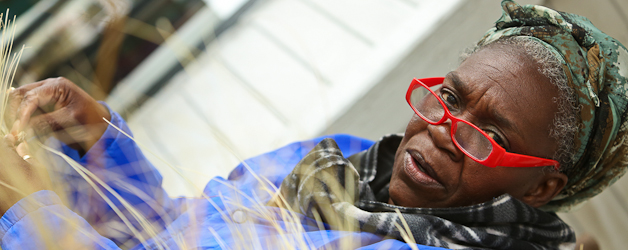
On the Porch at the Gullah Grub Restaurant ~ Frogmore, St Helena Island, SC
Warning: Use of undefined constant gad_content_tag_filter_replace - assumed 'gad_content_tag_filter_replace' (this will throw an Error in a future version of PHP) in /home/dx87kwtjkt0i/public_html/wp-content/plugins/web-ninja-google-analytics/webninja_ga.php on line 1813
Sweet Grass Basketry & ‘Miss’ Jery Bennett Taylor
“Jery is known as a master basket weaver in the Low Country traditions: The sweet grass basket, made from the pliable grasses growing along the shorelines and that of the hardier bull rush basket, from rushes common among Beaufort’s marshes and sea islands.”
“The most famous bull rush basket was the one Moses was found in.” ‘Miss’ Jery’ does not lay claim to having woven that basket but you get the feeling she would like to.
A lady of strong visual images with a strong will to match.
Jery’s “skill and proficiency has brought her kudos from as nearby as the visitor” from away “who buys her baskets as she weaves on the porch of the Gullah Grub Restaurant on St. Helena, and as far away as the Smithsonian, which has exhibited her work.”
“She is also a self-taught folk artist whose paintings capture the essence of growing up on Mt. Pleasant’s Boone Hall Plantation: … all in bold colors, all telling stories.” Her paintings are on display within the Gullah Grub Restaurant (Yelp Reviews).
“Jery is a descendant of the West Africans of Sierra Leone where this style of unique basket weaving originates. Born and raised in Mount Pleasant, South Carolina in the Christ Parish Church Community and the Boone Hall Plantation community.”
The Basketry
“Throughout the enslavement period, plantations in the South Carolina Low Country prospered from the labor and skills of Africans and their descendants. Plantation communities were largely self-sufficient. Slaves produced their own food, built their own homes, and engaged in many crafts such as carpentry, masonry, iron work, net making , weaving and basketry.”
“The design and manner of construction of coil baskets were brought from Africa and have been handed down in Low Country black families to the present day. In the 19th century, coil baskets were made throughout coastal South Carolina for both agricultural and household use. Basket design varied from from one black community to another due to different artistic traditions and different local needs. Artists made baskets for their own use and for families and friends.”
“By the beginning of the 20th century, basket making had all but ceased in the Low Country. At this time artists near Mt. Pleasant, SC began to weave baskets primarily for sale outside of their community. Today it is only among the Mt. Pleasant Basket Makers of Charleston County (SC) that this ancient art remains an important part of everyday life.”
“Handed down from mother to daughter to granddaughter, the making of Mt Pleasant baskets has always been a family art. Young boys and girls learn to make simple baskets which their mother or older sister ‘built onto’ creating larger and more difficult designs. Women sew baskets at home while taking care of children and performing other household tasks. Men usually do not make show baskets, but often travel great distances to gather sweet grass and palmetto leaf for the family. Today over 1,500 people are involved in some aspect of basket making. Artists cooperate with close kin to produce and market their baskets. competition is strong between large families who are known for differences in both design and construction techniques. There is a greater variety of baskets today than ever before.”
“Mt Pleasant baskets are of simple coil variety, and are made from natural materials indigenous to the Low country. They are made by first tying a knot in the center of a small bundle of sweet grass. The free ends of this bundle are folded together and wound around the knot to begin a coil. An opening is made in this center knot by piercing it with the”bone”, an awl-like instrument made from a metal spoon handle. A strip of palm leaf is drawn through this opening, wrapped around the grass coil and pulled back through another opening in the knot to anchor the coil. As this process is repeated, the coil begins to spiral out from the center knot, creating a circular or oval-shaped basket base. Basket walls can then be formed by changing the angle at which one row is fastened to another. In Mt Pleasant baskets, the palm stitch does not interlock with the stitches in previous rows of the coil. As a result, stitches appear to radiate out from the center knot in a straight line, much like the spokes of a wheel.”
“Mt Pleasant baskets are usually decorated by including long needle “pine straw” in the coil at different intervals to form dark stripes. Bull rushes, originally found only in work baskets are often used today in show baskets to strengthen the coil and as a decorative element. Occasionally artists make show baskets entirely out of pine straw or rushes. Colored strings, yarn or other materials are sometimes used in basket construction to enhance design.”
“The recent development of large plantation tracts into housing and resort areas has made sweet grass and palmetto palm increasingly difficult to find. The Mt Pleasant Basket Makers depend upon open access to these indigenous natural materials if their art is to continue. Increased public interest is needed to insure the future of this Low Country tradition.”
Quoted text above is from an article by Willa Koretz in the 5/22 – 6/4 2013 Lowcountry Weekly and a pamphlet entitled “Jery Bennett Taylor’s Coil Baskets”. These sources were provided by Jery Bennett Taylor at the time these images were captured.
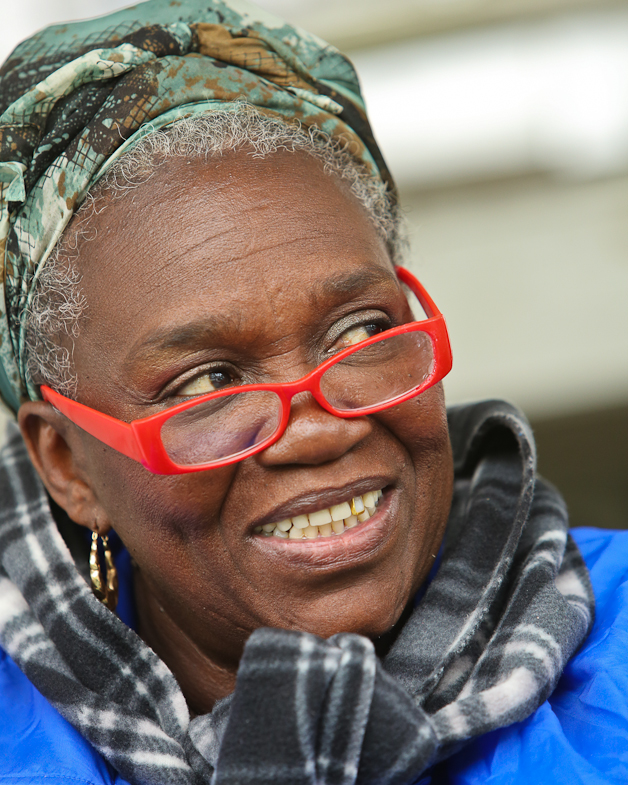
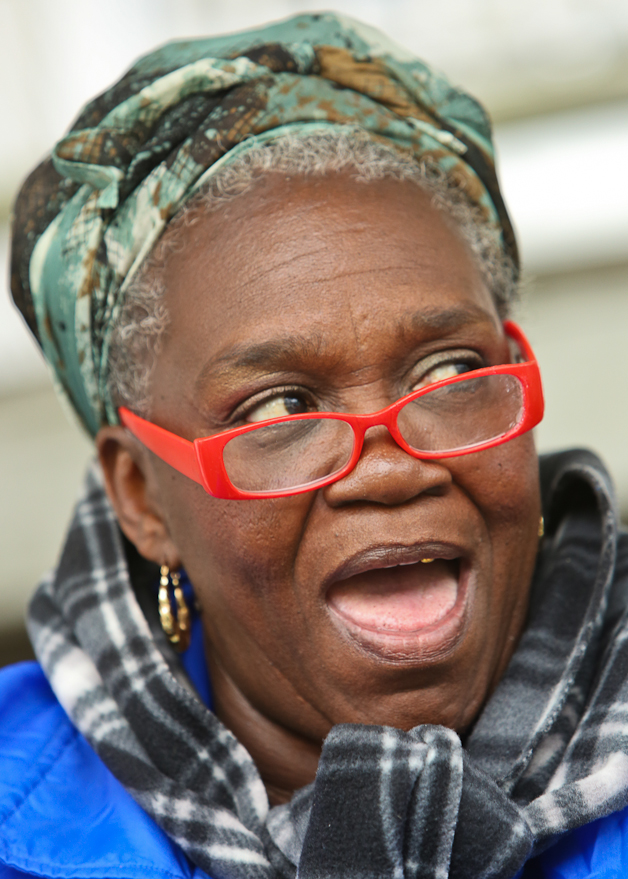
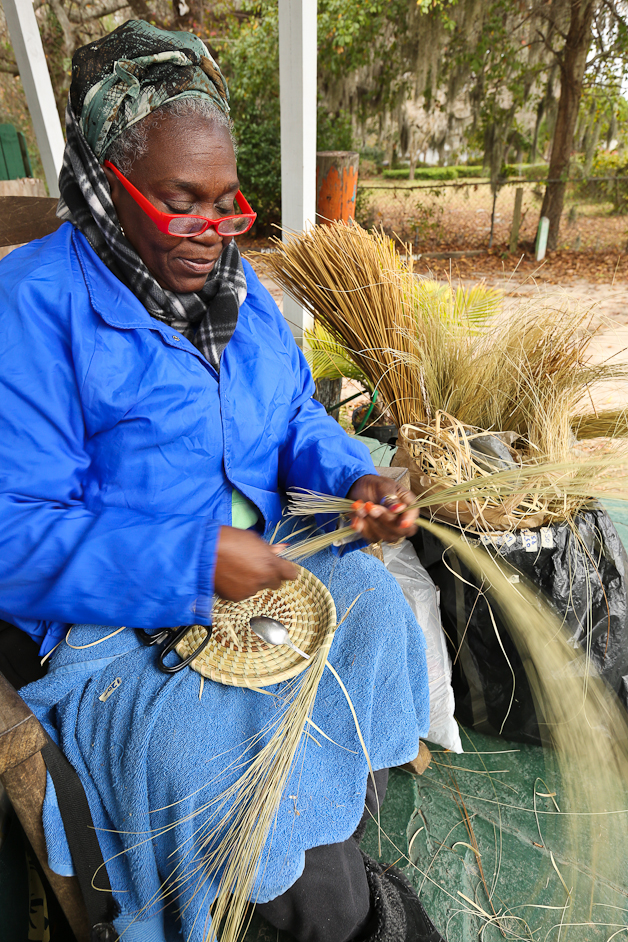
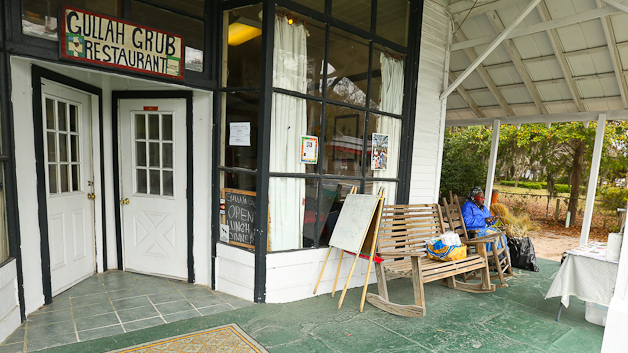

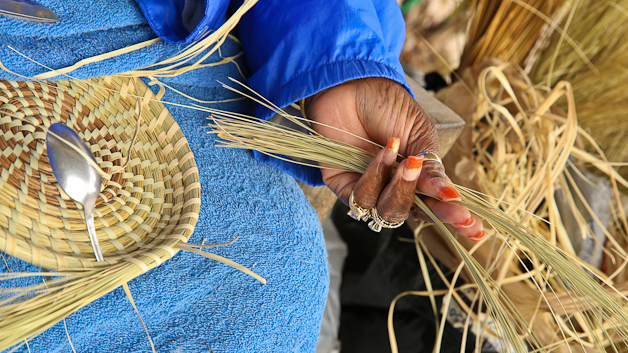
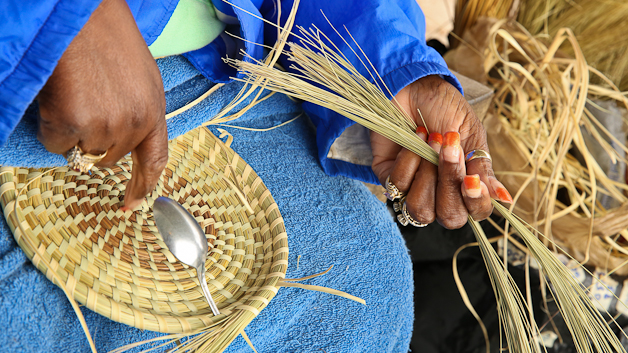
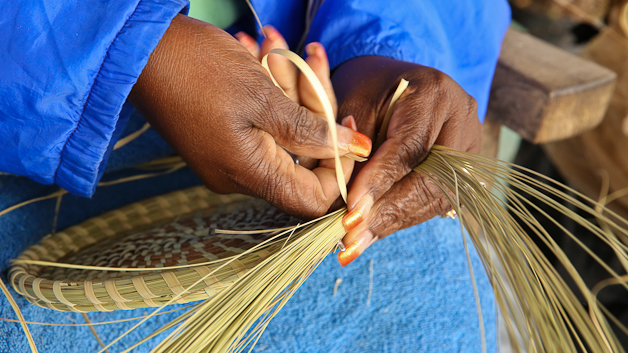

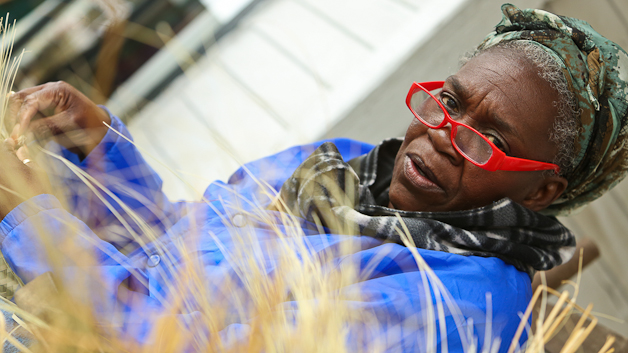
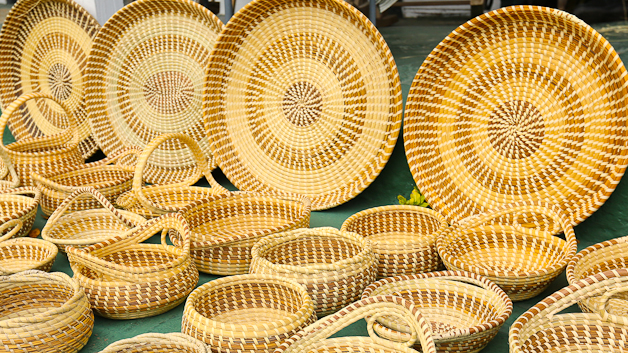
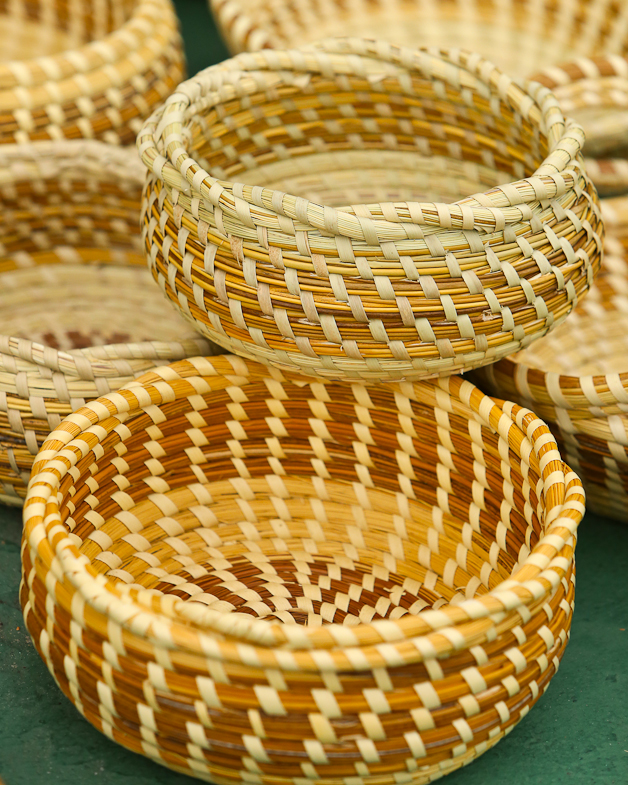

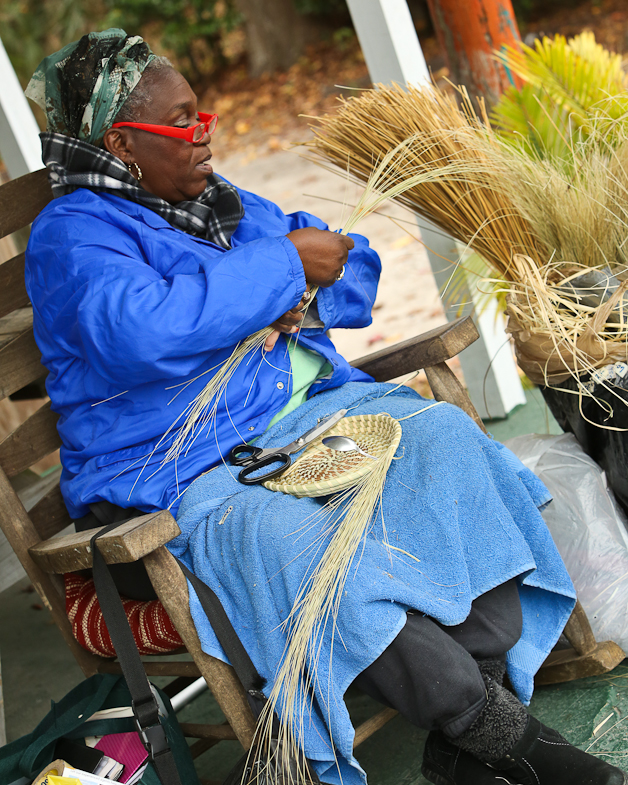
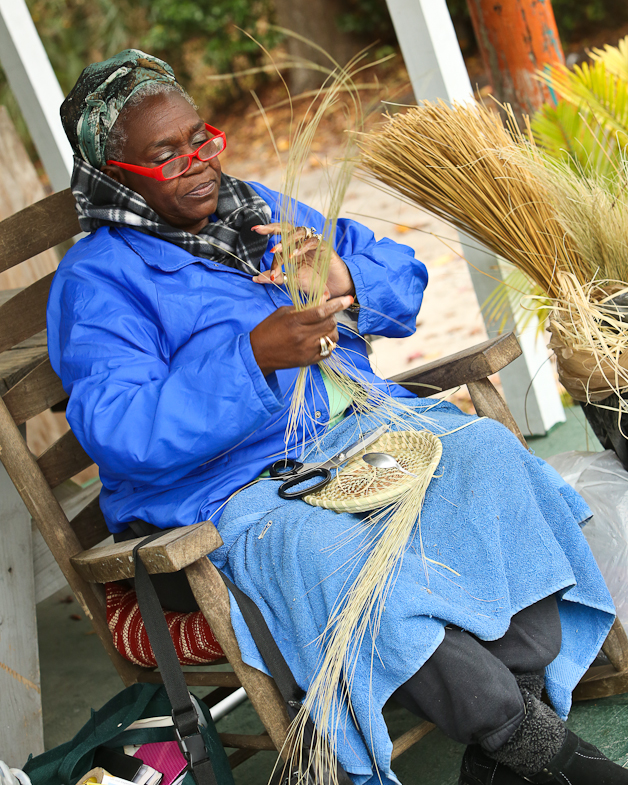


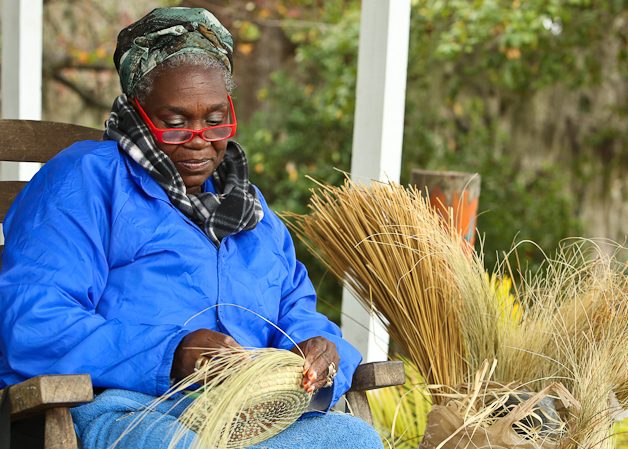


Those are some incredible crafts.Great pictures.Just curious-Are they reasonably priced?
expensive in my book, cost something to take the pictures and then again to chat 🙁
Pretty great post. I just stumbled upon your blog and wanted to mention that I’ve truly enjoyed browsing your blog posts.
In any case I’ll be subscribing for your rss feed and I am hoping you write again very
soon!
Hello to all, the contents existing at this web
site are really amazing for people knowledge, well, keep up the
nice work fellows.
I have to thank you for thhe efforts you’ve put in writing this
website. I really hope to ccheck out the same high-gradecontent
by you later on as well. In truth, your creative writing abilities has motivated me to get my own site now
😉